Understanding the early stages of communication is crucial for parents. Two fundamental concepts in this realm are joint referencing and joint attention. Both play pivotal roles in your child’s development. This article will explain joint attention and joint referencing, share why they are important, and offer strategies to support their growth.
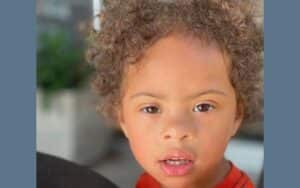
What is Joint Attention?
Joint attention occurs when two people share a focus on an object or event. This mutual awareness means that both parties are aware of the other’s attention on the subject.
For instance, if a toddler looks at a toy and then back at their parent, and the parent also looks at the toy, they are sharing joint attention. This connection lays the foundation for meaningful communication.
What is Joint Referencing?
Joint referencing involves the use of verbal or non-verbal cues to direct someone else’s attention to a particular object or event. Essentially, it’s about drawing someone’s attention to a shared focus.
An example might be when a child points to a dog and says, “Dog!” or when a parent says, “Look at the airplane!” while pointing to the sky.
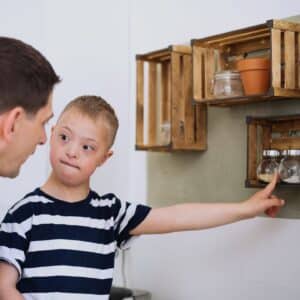
Why are Joint Attention and Referencing Important?
- Building Blocks of Language: Before speech, children communicate by sharing attention and referencing objects or events. These actions lay the groundwork for more advanced speech, language, and communication.
- Social Interaction: These skills foster understanding, connection, and expression, helping the child engage socially.
- Learning: Through shared focus, children learn from adults and other children about the world around them and how to make communication connections.
Examples and Acquisition
- Infants often show joint attention by following their parent’s gaze or point or turning towards sounds.
- Toddlers may use a reach, point, vocalizations, and signs or words to draw attention or express and idea, showcasing these skills.
Challenges with Delayed or Disordered Development
A delay in developing these skills can lead to:
- Speech and Language Delays: Without mastering joint attention and referencing, language development might be hindered.
- Social Challenges: Difficulty in sharing experiences can lead to struggles in reading social cues and interacting with peers and adults.
- Learning Delays: A reduced ability to focus with others can impact a child’s ability to learn from others and their environment. It can also lead to difficulty interpreting the language and actions of others and demonstrating their knowledge.
Strategies to Support Joint Attention and Joint Referencing
Developing joint attention and joint referencing skills is vital for a child’s overall communication development. Parents can adopt several strategies to promote and strengthen these skills.
- Get on Child’s Physical Level and Engage in Play with Purpose (yet still fun):
- Join the child so you are face to face: This supports their focus and helps them feel more connected and engaged in the experience. Being at their level also allows for better eye contact and more opportunities to share and direct attention.
- Toys and Games with Interaction: Utilize toys that interest the child and require interaction, such as wind-up toys or bubbles. Wind it up or blow, pause, and wait for your child’s reaction. They might look at you, prompting you to wind it up or blow again, thus creating a shared focus. Games like peek-a-boo or hide-and-seek not only captivate attention but also teach the child to anticipate and respond to shared activities.
- Follow Their Lead and Expand on It:
- When your child shows interest in an object, acknowledge it, name it, and add information. For instance, if they point at a bird, you can respond, “Yes, that’s a bird. It’s flying high in the sky.” Imitate your child.
- Gesture-Based Communication:
- Model gesture use and encourage your child’s imitation and use of gestures. This reinforces their existing gestures and exposes them to new ways to express themselves.
- Model Pointing:
- Regularly point to objects around you, labeling them. “Look, there’s a clock. See the clock?”
- Narrate Daily Activities:
- Making your child aware of routine activities by talking through them can pique their interest. For example, “Now, I’m pouring milk into the glass. Do you want some milk?”
- Use Books Interactively:
- Ask Questions: While reading, ask questions that direct your child’s attention, like “Where is the moon?” or “Can you show me the cat?” If they cannot yet respond with an answer, model the desired response and answer.
- Variety: Use different types of books – touch-and-feel, lift-the-flap, and sound books to engage various senses.
- Use Technology Together, Wisely and with Purpose:
- Interactive apps or shows that prompt children to respond can also be used. For instance, shows like Miss Rachael where she asks viewers to imitate or find an object can stimulate joint attention. Parent-child co-viewing and use of these apps or program make them most powerful.
- Engage in Shared Activities:
- Simple activities like working together to complete puzzles or build with blocks encourages a shared focus. Work together, take turns, add language, and celebrate efforts and growth.
- Introduce Music and Singing:
- Songs with actions, like “If You’re Happy and You Know It” or “Head, Shoulders, Knees, and Toes,” can promote anticipation of what is next and direct a child’s attention to their song partner, fostering joint attention.
- During familiar songs, dramatically pause before a key word and wait for your child to look at you in anticipation of the next word of the song. Fill it in after they look at you in anticipation. If they do not look after ten seconds continue the song and try again.
FAQs
- At what age should my child develop joint attention skills?
- Babies can start displaying joint attention as early as 6 months, with it becoming more pronounced by 9-15 months.
- How is joint referencing different from joint attention?
- While both involve shared focus, joint referencing uses cues (like touching, reaching, pointing, vocalizing or speaking) to draw attention, whereas joint attention is about mutual awareness of shared interest.
- Can a delay in these skills indicate autism?
- Delays can be a sign, but not definitive proof. If concerns are present, consult with a pediatrician, speech-language pathologist, developmental specialist, and/or medical team.
- How can I encourage my child to point more?
- Engage in activities that require touching or poking with their index finger such as bubbles and touch and feel books.
- Play games, like ‘show me’ games, and model pointing.
- Celebrate when they touch, reach or point.
- Are there activities to improve joint attention?
- Yes, activities like peek-a-boo, or using toys and objects of high interest to the child can capture and shift attention.
- How do I know if my child has a serious delay?
- If you have concerns, it’s always best to consult with a pediatrician, a speech-language pathologist, and/or your state’s Early Intervention program or school-based team.
Additional Resources
- Paying Attention to Children’s Joint Attention (hanen.org)
- Joint attention – what it is and why it matters | Growing Early Minds
- Joint Attention and Vocabulary Development: A Critical Look – PMC (nih.gov)
Summary/Conclusion
Joint attention and joint referencing are crucial for a child’s communication and social-language development. Being aware of these concepts and actively engaging in activities that promote them can pave the way for a child’s linguistic and social growth. Always remember, every child is unique. While milestones are standard, the pace of development can vary. If you have concerns, reach out to a speech-language pathologist for guidance.

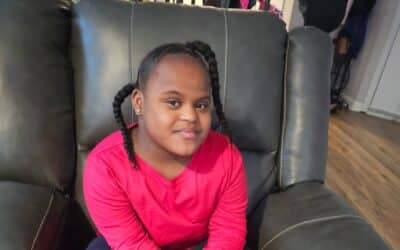
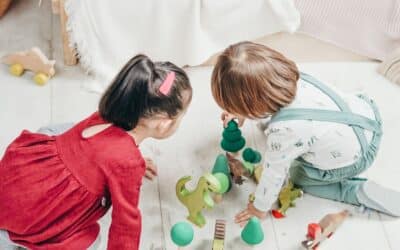
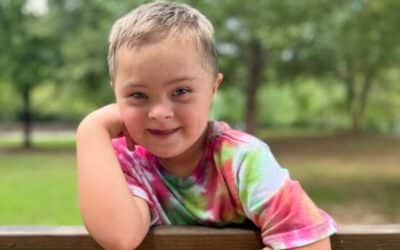
0 Comments